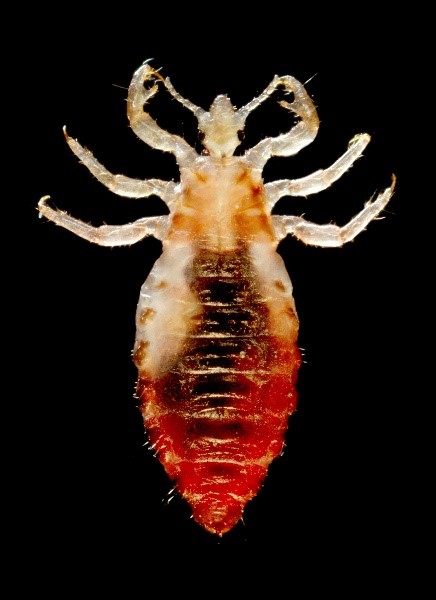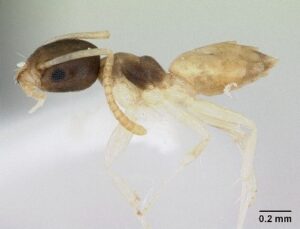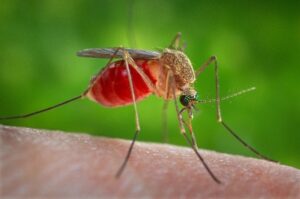Body Louse:
Identification

- Adults are 2.3–3.6 mm in length.
- The adult is about the size of a sesame seed, has 6 legs (each with claws), and is tan to grayish-white.
- Eggs (also called nits) are 0.8 mm by 0.3 mm, oval and usually yellow to white.
Life Cycle and Common Characteristics
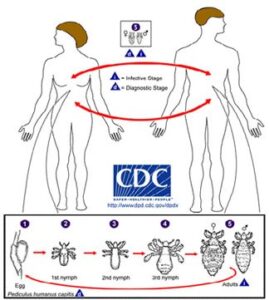
- Body louse has three stages: egg, nymph, and adult.
- Adults place eggs on garment fibers instead of attaching them directly to the host’s body hair.
- This egg placement behavior is a unique habit that does not occur in other sucking lice.
- Lice tend to remain on the host’s body only during the actual feeding process.
- When not feeding, they will typically move into the host’s clothing, where they will often be concealed in folds or seams.
- Lice live and lay eggs on clothing and only move to the skin to feed.
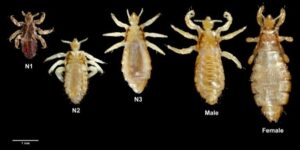
- Eggs take about 6 to 9 days to hatch.
- The egg hatches to release a nymph.
- The nymph looks like an adult.
- Nymphs mature after 3 molts and become adults about 7 days after hatching.
- Females are usually larger than males and can lay up to 8 eggs per day.
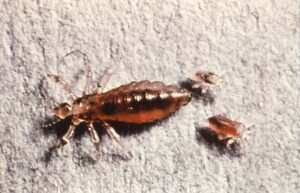
- Adults can live up to 30 days on the body.
- Adult lice need to feed on blood several times daily. Without blood meals, the louse will die within 2 days off the host.
Damage and Medical Implications
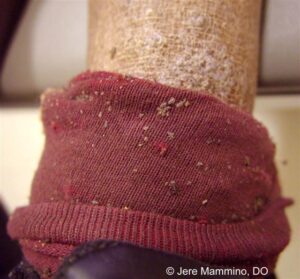
- Body lice infestations (pediculosis) are spread most commonly by close person-to-person contact but are generally limited to persons who live under conditions of crowding and poor hygiene.
- Dogs, cats, and other pets do not play a role in the transmission of human lice.
- Intense itching and rash caused by an allergic reaction to the louse bites are common symptoms of body lice infestation.
- When body lice infestation has been present for a long time, heavily bitten areas of the skin can become thickened and discolored.
- As with other lice infestations, intense itching can lead to scratching which can cause sores on the body; these sores sometimes can become infected with bacteria or fungi.
- Body lice can spread epidemic typhus, trench fever, and louse-borne relapsing fever.
- Body lice infestation is diagnosed by finding eggs and crawling lice in the seams of clothing.

